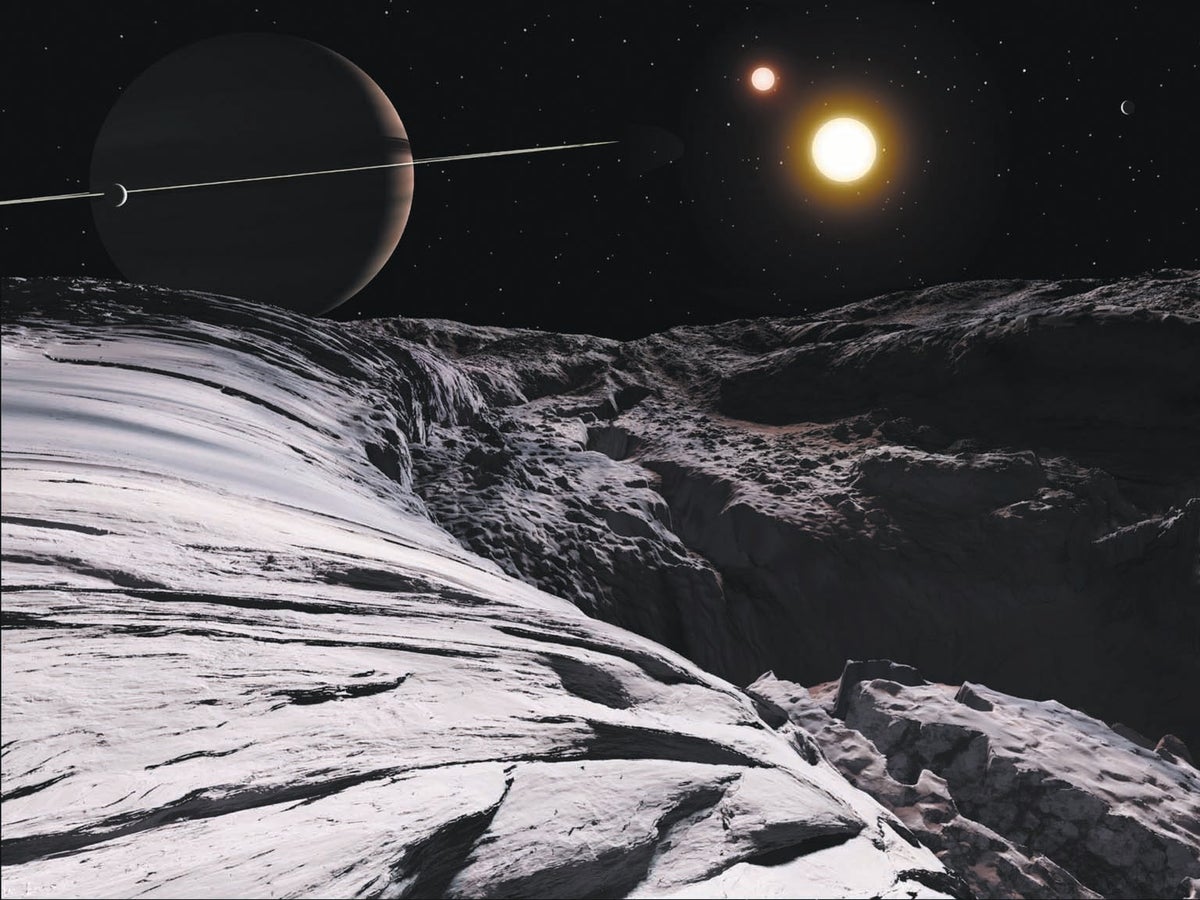In another strike against the possibility of intelligent life out there - the Kepler data has revealed that ours is the rarest type of solar system in the galaxy
New work suggests four distinct star system types—and finds our own in the rarest category

www.scientificamerican.com
Nonsense. It revealed no such thing.
Furthermore, while the article lists all the possible arrangements of planets, nobody has ever observed a "similar," "antiordered," or "ordered" planetary system because they don't exist. Every solar system we have observed, including our own, have been "mixed."
Mercury may be the smallest planet currently, but it wasn't the smallest when Pluto was still a planet. Nor is Jupiter the very last planet in our solar system, as it should be in an "ordered" planetary system. Mars becomes the second smallest planet after Mercury, with both Uranus and Neptune being smaller than either Saturn or Jupiter.
I have no idea where this author gets the idea that "ordered" planetary systems exist, because nobody has ever observed any. Every planetary system with three or more planets that we have observed have been "mixed."
What sets Earth apart and made intelligent life possible is the location of our solar system in the Milky Way galaxy. Had we stayed in the spiral arms, with the majority of the stars in our galaxy, we would likely never have evolved. But because we are in between two spiral arms, with the closest star being just over 4 light years away, we've had the time to evolve. When solar systems are only a light year apart from each other it is going to be too turbulent for life to gain much of a purchase, as they both interfere with each other's development. They are not likely going to have the 4.5 billion years of relatively peace and quiet we've had to evolve.
Even Earth had a close call some 70,000 years ago. A binary system passed within 0.8 light years of Earth. Considering our solar system extends for a light year, it means that both solar systems collided. Had we been in one of the spiral arms this would have been a regular occurrence because the stars are more densely packed together.
So it is not the size the planets or their order that makes the difference. It is our placement in our particular type of galaxy that makes the difference. Had we evolved in an elliptical or lenticular galaxy instead of a spiral galaxy then all the stars would be more evenly distributed and they would all have an equal chance of evolving life. However, in spiral or irregular galaxies you end up with very closely clumped together star systems, and that does not bode well for life.

